Publikace
> Články v impaktovaných časopisech
> 'Trichobilharzia regenti (Schistosomatidae): 3D imaging techniques in characterization of larval migration through the CNS of vertebrates'
Trichobilharzia regenti (Schistosomatidae): 3D imaging techniques in characterization of larval migration through the CNS of vertebrates
Autor
Rok
2016
Časopis
Micron
Web
Obsah
Migration of parasitic worms through the host tissues, which may occasionally result in fatal damage to the internal organs, represents one of the major risks associated with helminthoses. In order to track the parasites, traditionally used 2D imaging techniques such as histology or squash preparation do not always provide sufficient data to describe worm location/behavior in the host. On the other hand, 3D imaging methods are widely used in cell biology, medical radiology, osteology or cancer research, but their use in parasitological research is currently occasional. Thus, we aimed at the evaluation of suitability of selected 3D methods to monitor migration of the neuropathogenic avian schistosome Trichobilharzia regenti in extracted spinal cord of experimental vertebrate hosts. All investigated methods, two of them based on tracking of fluorescently stained larvae with or without previous chemical clearing of tissue and one based on X-ray micro-CT, exhibit certain limits for in vivo observation. Nevertheless, our study shows that the tested methods as ultramicroscopy (used for the first time in parasitology) and micro-CT represent promising tool for precise analyzing of parasite larvae in the CNS. Synthesis of these 3D imaging techniques can provide more comprehensive look at the course of infection, host immune response and pathology caused by migrating parasites within entire tissue samples, which would not be possible with traditional approaches.
Granty
Projekty
Příklad citace článku:
J. Bulantova, T. Machacek, L. Panska, F. Krejčí, J. Karch, N. Jähring, S. Saghafi, H. Dodt, P. Horak, "Trichobilharzia regenti (Schistosomatidae): 3D imaging techniques in characterization of larval migration through the CNS of vertebrates", Micron (2016)
Hledat
Události
21.-22. 11. 2014
Seattle, USA
8-15 Nov 2014
Surrey, Velká Británie
8. září 2014
9. září 2014
24. 4. 2014
3. 4. 2014
Seoul, Korea
27 Oct - 2 Nov 2013
Paris
23-27 June 2013
Anaheim, USA
29 Oct - 3 Nov 2012




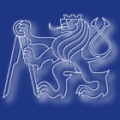

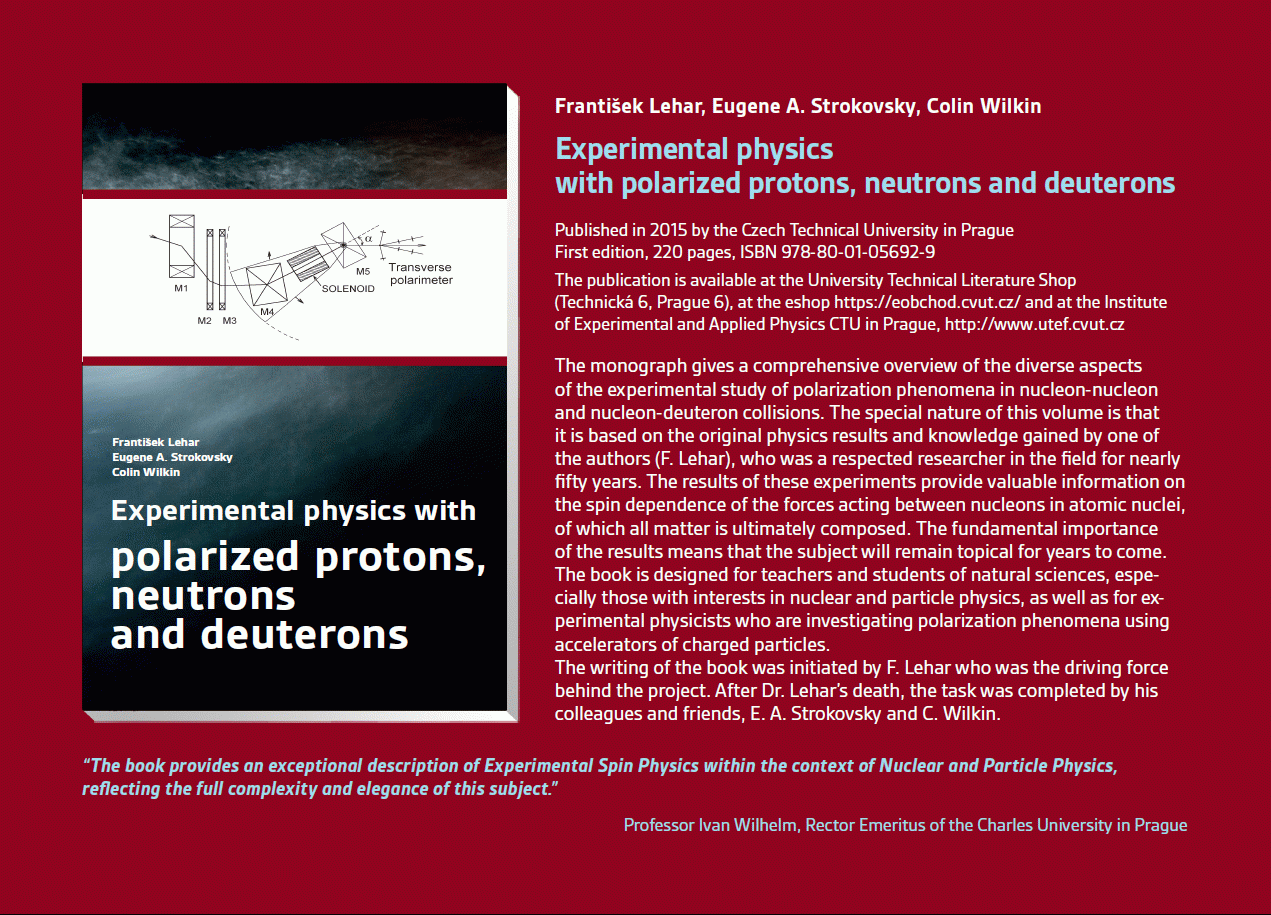 Experimental physics
with polarized protons, neutrons and deuterons
Experimental physics
with polarized protons, neutrons and deuterons Progresivní detekční metody ve výuce subatomové a částicové fyziky
na ZŠ a SŠ
Progresivní detekční metody ve výuce subatomové a částicové fyziky
na ZŠ a SŠ NSS MIC IEEE Conference
NSS MIC IEEE Conference Konference SEPnet, CERN@school
Konference SEPnet, CERN@school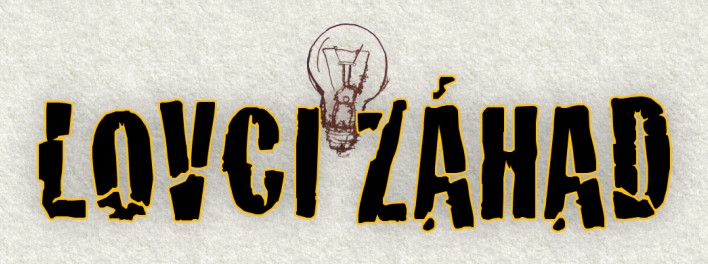 Lovci záhad - spolupráce ČT a ÚTEF
Lovci záhad - spolupráce ČT a ÚTEF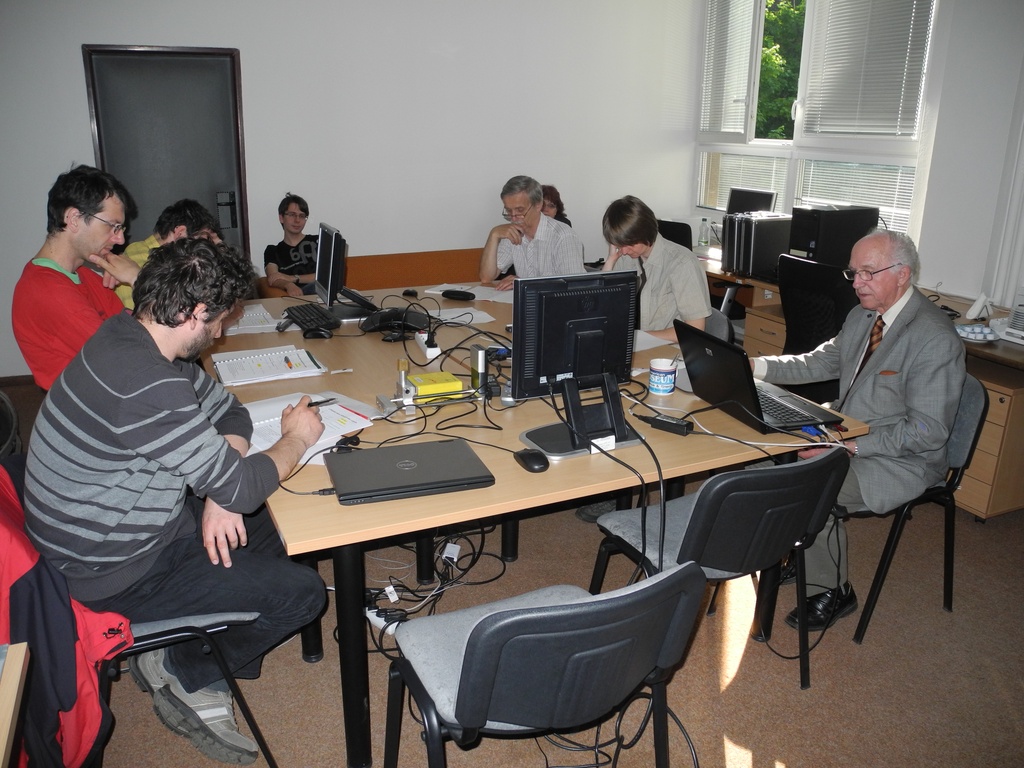 Progresivní detekční metody ve výuce subatomové a částicové fyziky na ZŠ a SŠ
Progresivní detekční metody ve výuce subatomové a částicové fyziky na ZŠ a SŠ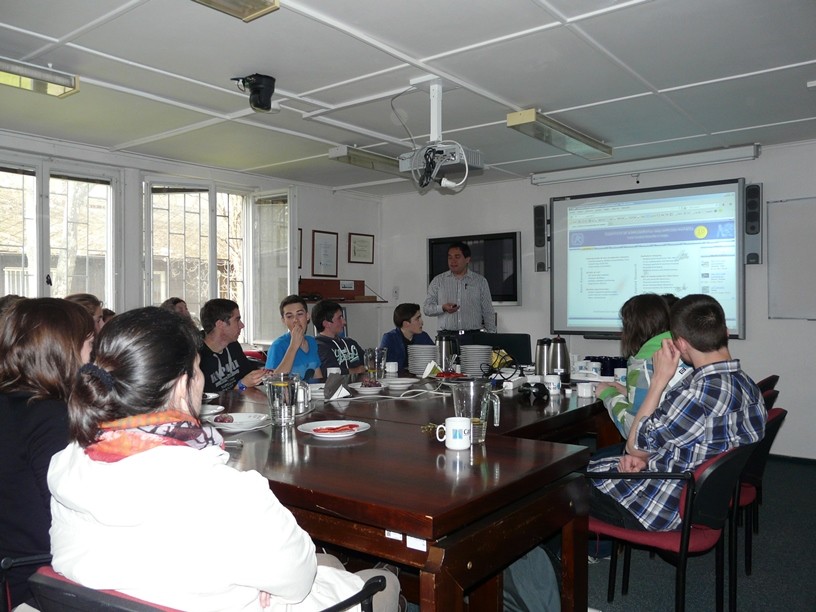 Návštěva v rámci projektu „Listening to the universe by detection cosmic rays“
Návštěva v rámci projektu „Listening to the universe by detection cosmic rays“ NSS MIC IEEE Conference
NSS MIC IEEE Conference 15thIWORID
15thIWORID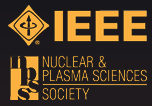 NSS MIC IEEE Conference
NSS MIC IEEE Conference